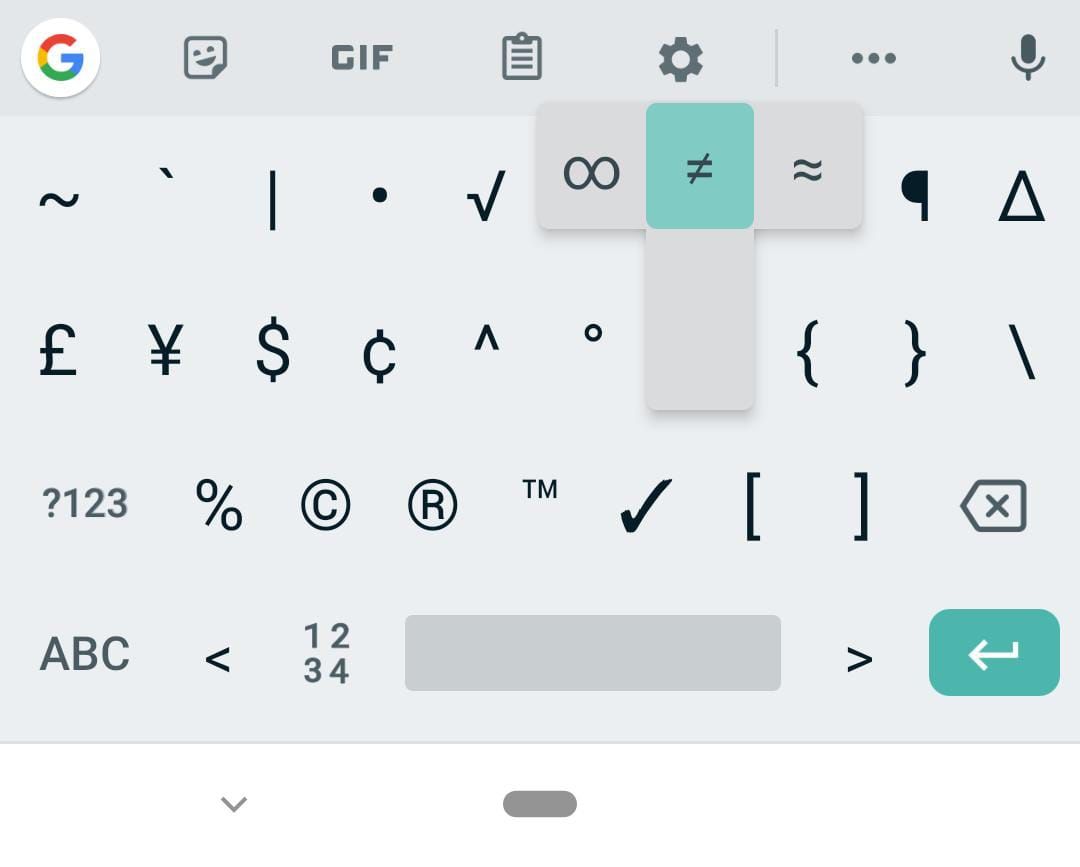

This is a guide to QlikView Set Analysis. least sold products, hence learning this would really help in understanding the data well. There are a variety of applications for set analysis in the market, for example, we can use them for the comparison of our most sold products vs. The syntax for the set expression can be more complex as well based on what kind of data we need to filter and take. Qlikview’s set analysis is a very powerful function as it helps us in doing all kinds of filtering and manipulation of data with the same chart or table. So,thefinal expression should look like the following. Set expression starts and ends with curly brackets tax): This expression will give the output as sum of all the tax data for the year 2003, 2004 where the country is India. As you can see, it is just like using a variable (previous post of this Series), but with an equal sign.It should be used in aggregation functions.Hadoop, Data Science, Statistics & others Syntax and Examples of QlikView Set Analysisīefore we dig into the syntax of the set expression let us understand the major features of set analysis, Let us try to understand what exactly is set analysis, this feature in qlikview is used to segregate our data that are available in different sheet objects into multiple sets and keeps some of their value unchanged, in this way we filter the data in one sheet which helps us to understand the corresponding changes in the different sheets, in this way we will be able to compare our set of records in the same table/chart by using set analysis. By using the set expression we can make our objects like chart/table to tell us information related to different sets of data. What field will I use in my expression (For example: ‘Sales’, containing the sales amount for every invoice.) How will I aggregate the field (It can be using Sum, Count, Avg, etc. This can be achieved with the help of the Qlikview feature called the Set Analysis which helps in adding context to our dashboard. The Match() function in QlikView is used to match the value of a string on expression with data value present in a column. Follow these steps to build up your set expression and use the correct syntax: First of all, you need to define what you want your expression to return. This will make our dashboard action-oriented. Adding context to our dashboard basically means that we have to provide a lot of insights, comparison with the relevant products and timeline. In any dashboard/ report, it is always best to have more contexts, which makes our dashboard more meaningful.


 0 kommentar(er)
0 kommentar(er)
